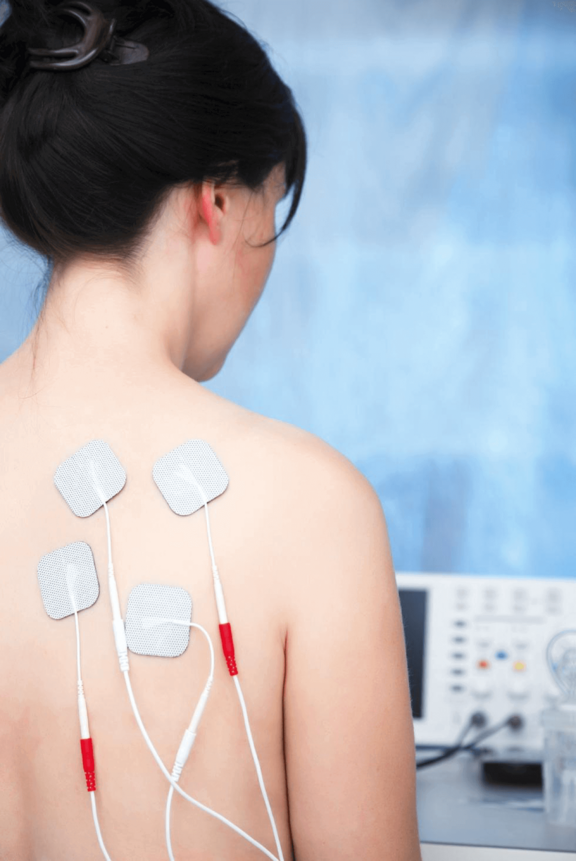Physiotherapy, occupational therapy, and speech therapy (speech exercises) are indispensable accompanying therapies that can significantly improve the clinical outcome for patients independently of plastic surgery treatment. Last, but not least, consistent exercise therapy of facial expressions, e.g. in front of the mirror, is indispensable for the optimal result.
What are synkinesias and how do they develop?
Synkinesias are involuntary movements caused by anatomical "miswiring" of nerve branches in the facial muscles. They occur in the context of Bell’s palsy and, after interruptions in continuity of the facial nerve or its branches, are signs of defective healing. The recovering and newly growing nerve fibers reach other muscle groups than their originally intended target muscles.
What has to be considered when practicing independently?
- Please do the exercises in front of a mirror.
- Please make sure that you really only move what you intend to move. If there are other movements, please stop immediately.
- Complete execution of the movement
- You can gently massage the facial muscles shortly after the onset of paralysis. You can perform this massage in the form of slightly circular or tapping movements.
- In case of pain or unpleasant sensations, you can place moist, warm packs on the paralyzed half of your face. Gel packs that are lightly heated in the microwave are particularly suitable for this application. You can get these packs in pharmacies and drugstores.
Important information and rules of conduct to avoid long-term damage and to promote rehabilitation:
- During the day: Make sure you regularly moisten with eye drops or creams recommended by your ophthalmologist.
- Close both eyes spontaneously as often as possible and gently help the affected eye with a finger.
- At night: Use eye drops or eye ointment again for the night and protect the cornea of your eye from drying out with a watch glass bandage.
- Please consult a trusted ophthalmologist for regular eye checks and advice on day and night procedures.
- Protection from sun, dust, and dry air is important.
- Wear sunglasses outside (with side sun protection if necessary).
- Avoid rooms with air conditioning.
- Switch off the ventilation in the car.
- Perform good oral hygiene, as food residues often remain in the cheek pouch on the affected side.
- Even if you have not started therapy in the early stages, thanks to the plasticity of the brain, therapy can also be started at a later point in time.
- In the chronic phase, secondary problems such as muscular imbalances, tension, and pain can be treated by physiotherapy.
Exercises lid closure:
The following exercises are recommended daily so that you can close your eye again:
- Stroking movement:
Stroke the affected eyelid with your index finger.(from outside to inside and vice versa)
- Gaze exercise:
(H. Grötzbach, 2009)
Look straight ahead with both eyes, then look down onto the floor (keep your head straight!). Look down for 5 seconds. Repeat the exercise 10 times.
- Close your eyes:
(following G. Bartolome, Functional Dysphagia Therapy: Mobilization of the orbicularis oculi muscle)- Place the fingertips of the thumb and index finger on the affected eye (thumb directly below the eye, index finger on the eyelid directly on the eyelashes).
- Stretch the eye muscles briefly ("quick stretch"): with index finger pointing upwards, with thumb pointing downwards.
- Close your eyes, hold for 3 seconds. First give resistance with index finger and thumb, then carry movement (lid closure) with you.
- An excellent exercise video on how to relax your mimetic muscles in a facial hemispasm and synkinesis can be found here. The independent training also includes how lid closure can be improved through consistent stretching exercises of the orbicularis oculi (eye ring) muscle.
- Place the fingertips of the thumb and index finger on the affected eye (thumb directly below the eye, index finger on the eyelid directly on the eyelashes).
